Enhanced Safety and Security Features
Safety and security remain critical concerns in the IoT in Elevators Market. The integration of IoT technology allows for real-time monitoring and alerts, significantly enhancing the safety of elevator systems. For instance, IoT-enabled elevators can detect malfunctions and notify maintenance teams instantly, reducing the risk of accidents. Furthermore, advanced security features such as biometric access control and surveillance integration are becoming increasingly common. This focus on safety not only meets regulatory requirements but also boosts consumer confidence, thereby propelling the growth of the IoT in Elevators Market.
Increased Demand for Smart Infrastructure
The IoT in Elevators Market is experiencing a surge in demand for smart infrastructure solutions. As urbanization accelerates, the need for efficient and intelligent building systems becomes paramount. Smart elevators equipped with IoT technology enhance operational efficiency, reduce wait times, and improve user experience. According to recent data, the integration of IoT in elevators can lead to a 30% reduction in energy consumption, making them more appealing to developers and building managers. This trend is likely to continue as cities evolve and the focus on smart city initiatives intensifies, driving further growth in the IoT in Elevators Market.
Regulatory Support for Smart Technologies
Regulatory frameworks are increasingly supporting the adoption of smart technologies within the IoT in Elevators Market. Governments are implementing policies that encourage the use of energy-efficient and safe elevator systems. These regulations often include incentives for building owners to upgrade to IoT-enabled elevators, which can lead to improved safety and reduced energy consumption. As regulatory support strengthens, it is likely to accelerate the transition towards smart elevator systems, thereby enhancing the growth prospects of the IoT in Elevators Market.
Growing Adoption of Predictive Maintenance
Predictive maintenance is revolutionizing the IoT in Elevators Market by minimizing downtime and maintenance costs. By utilizing IoT sensors, elevator systems can monitor their performance in real-time, predicting potential failures before they occur. This proactive approach can reduce maintenance costs by up to 25% and extend the lifespan of elevator systems. As building owners and operators seek to optimize operational efficiency, the adoption of predictive maintenance solutions is likely to increase, further driving the growth of the IoT in Elevators Market.
Integration with Smart Building Technologies
The convergence of IoT in Elevators Market with smart building technologies is fostering a new era of building management. Elevators that communicate with other building systems, such as HVAC and lighting, create a seamless user experience. This integration not only enhances operational efficiency but also contributes to energy savings. Data indicates that buildings utilizing integrated smart technologies can achieve energy savings of up to 40%. As the demand for interconnected systems grows, the IoT in Elevators Market is poised for substantial growth, driven by this trend.


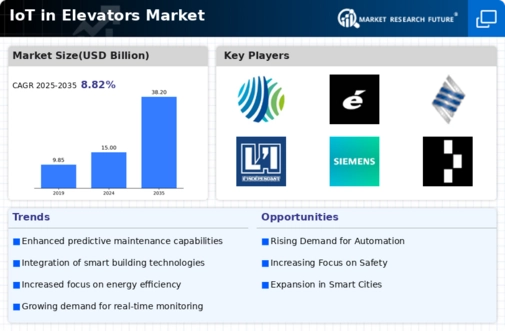
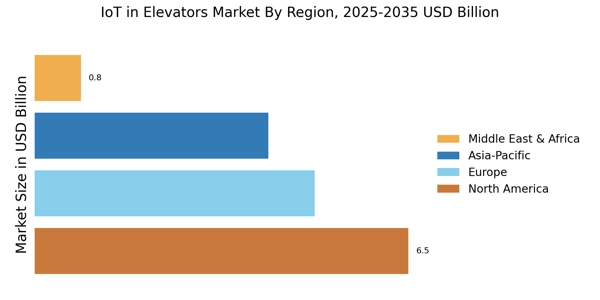



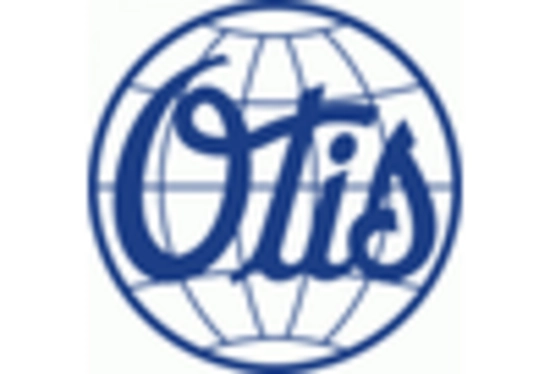
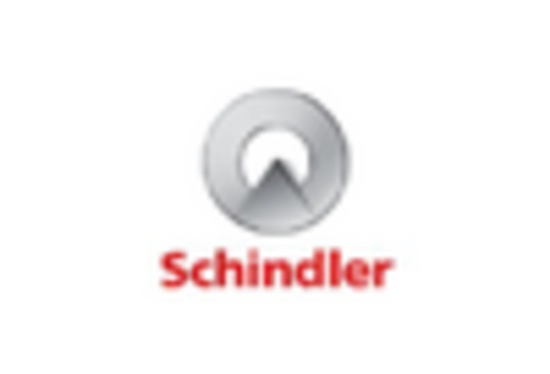
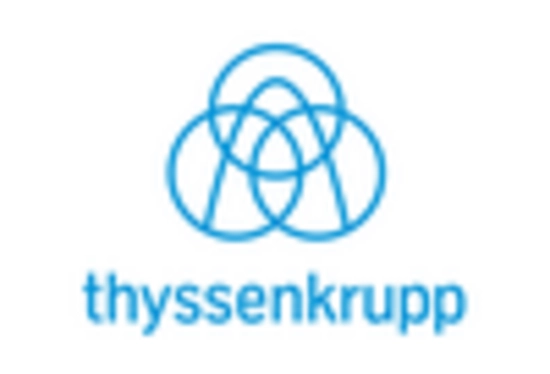








Leave a Comment